- Natural Remedy: Neem offers a plant-based alternative to conventional dandruff shampoos.
- Antimicrobial & Antifungal: Research suggests neem combats Malassezia yeast, a common cause of dandruff.
- Gentle Option: Neem may be less harsh than some medicated shampoos, reducing dryness and irritation.
- More Research Needed: While promising, more human studies are needed to confirm neem’s effectiveness.
- Patch Test Recommended: Always test neem oil or products on a small skin area first to check for allergies.
Dandruff, characterized by an itchy, flaky scalp, is a widespread issue affecting nearly half of all adults [1]. While generally harmless, dandruff can be bothersome and socially awkward.
Seborrheic dermatitis is considered a more severe form of dandruff, extending beyond the scalp to other oily skin areas and often involving inflammation [2].
Dandruff vs. Seborrheic Dermatitis:
- Dandruff: Scalp-specific, itchy flakes, no visible inflammation, common in young men [2].
- Seborrheic Dermatitis (SD): More widespread, can affect face and chest, visible inflammation [3].
Both conditions are linked to Malassezia yeast overgrowth [], particularly Malassezia furfur and Malassezia globosa []. This yeast interacts with skin components like melanin, enzymes, and epidermal cells, contributing to dandruff and SD [].
Traditional dandruff treatments often involve medicated shampoos with antifungals and anti-inflammatories. However, these can sometimes lead to side effects like dryness and scalp irritation.
Neem, an Ayurvedic remedy, has emerged as a potential natural alternative for managing dandruff and other scalp issues. Let’s explore the research behind neem’s use for dandruff.
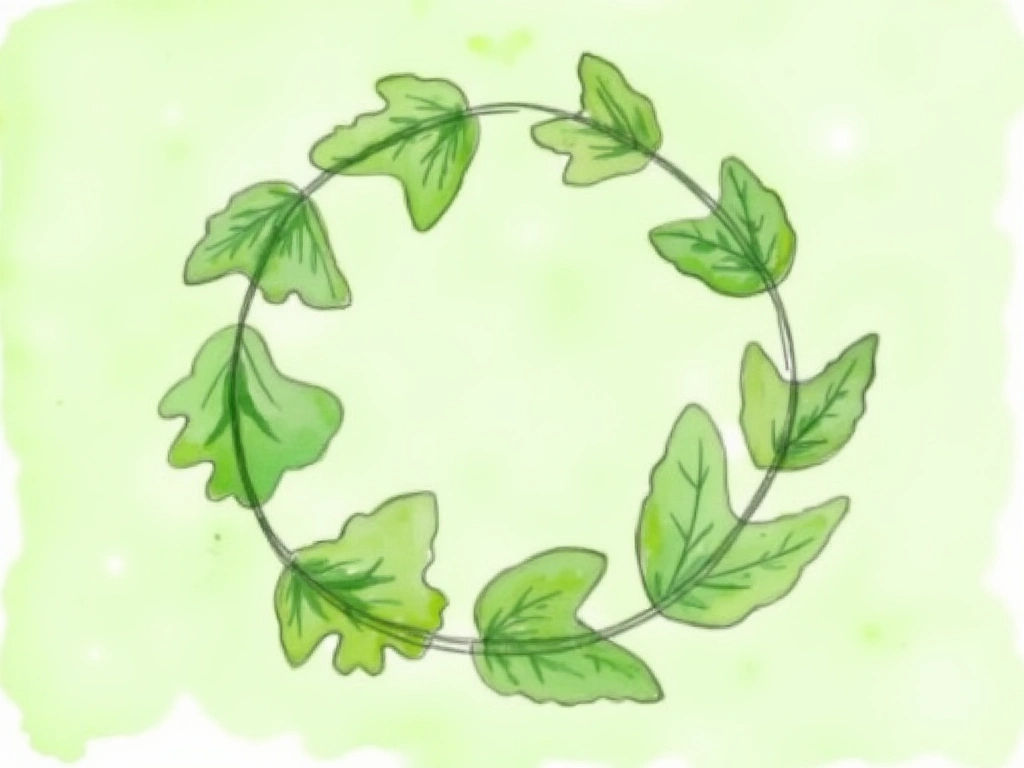
Neem for Dandruff: Exploring the Natural Remedy
Neem, a staple in traditional Indian medicine, contains over 400 bioactive compounds that may benefit skin health [1]. Here’s a look at the research supporting neem’s potential for dandruff relief:
- Antimicrobial Action: Neem leaves are incorporated into anti-dandruff shampoos for their ability to combat yeast overgrowth, a primary cause of dandruff, without typical shampoo side effects like hair loss [].
- Anti-inflammatory Benefits: Neem seed extract exhibits anti-inflammatory, anticancer, anti-psoriatic, and anti-infective properties, suggesting it can address the inflammation associated with scalp conditions [].
- Antifungal Properties: Neem leaf extracts have demonstrated antidermatophytic activity against various dermatophytes, highlighting its potential to fight fungal infections on the scalp [].
- Promotes Skin Health: Neem seed cell broth and extracts can improve skin appearance and combat signs of aging, suggesting overall scalp health benefits [].
While these findings are encouraging, more robust clinical trials in humans are necessary to fully confirm neem’s effectiveness and safety for dandruff treatment.

What Does the Research Say About Neem and Dandruff?
Several studies have investigated neem’s specific effects on dandruff and seborrheic dermatitis:
- Neem Shampoo vs. Medicated Shampoo: A clinical study found that a 1% neem leaf extract shampoo was as effective as a 1% selenium sulfide shampoo in reducing dandruff symptoms after 2 and 4 weeks [4].
- Neem and Sarivan Combination: Combining neem leaf extract with sarivan improved dandruff in 87% of study participants [].
- Neem Oil for Seborrheic Dermatitis: A shampoo containing neem oil reduced redness, itching, and scaling in seborrheic dermatitis patients after two weeks of use [5].
Laboratory studies further reveal that neem:
- Fights Malassezia Yeast: Exhibits antifungal activity against Malassezia yeasts, the primary culprits in dandruff []].
- Antioxidant and Anti-inflammatory: Possesses antioxidant properties to combat inflammation and protect against skin damage [6].
Early research suggests neem may alleviate dandruff symptoms by targeting yeast overgrowth and inflammation.

Why Consider Neem for Dandruff? Potential Advantages
Neem oil and leaf extracts offer several potential benefits as dandruff treatments:
- Gentler on Scalp and Hair: May be less drying and irritating compared to synthetic antifungal shampoos, especially with long-term use [4].
- Low Allergy Risk: Generally associated with a low risk of allergic reactions and side effects compared to medications [7]. Patch testing is still advised.
- Natural Scent: Often has a pleasant, natural aroma, unlike some medicated shampoos.
- Scalp Repair: Antioxidant compounds in neem may help repair inflammation-related scalp damage [6].
- Suitable for Long-Term Use: Appears safe for daily use over extended periods. However, neem oil should not be ingested.
While these advantages are promising, further research is needed to solidify these claims.

Potential Downsides of Neem for Dandruff
Consider these potential drawbacks when using neem for dandruff:
- Less Proven Effectiveness: May not be as consistently effective as traditional medicated shampoos. More rigorous clinical trials are needed.
- Product Variability: Quality and stability can differ among commercial neem products. Choose reputable brands.
- Strong Odor: Neem oil has a pungent smell that some may find unpleasant. Neem extracts or diluted formulations may be preferable.
- Dosage and Formulation Uncertainty: Optimal dosages and application methods for scalp use are still being determined.
- Contact Dermatitis Risk: Can cause skin irritation in a small percentage of people. Patch testing is recommended [7].
Overall, neem is generally safe for topical scalp application when used cautiously. However, more research is needed to confirm its efficacy.
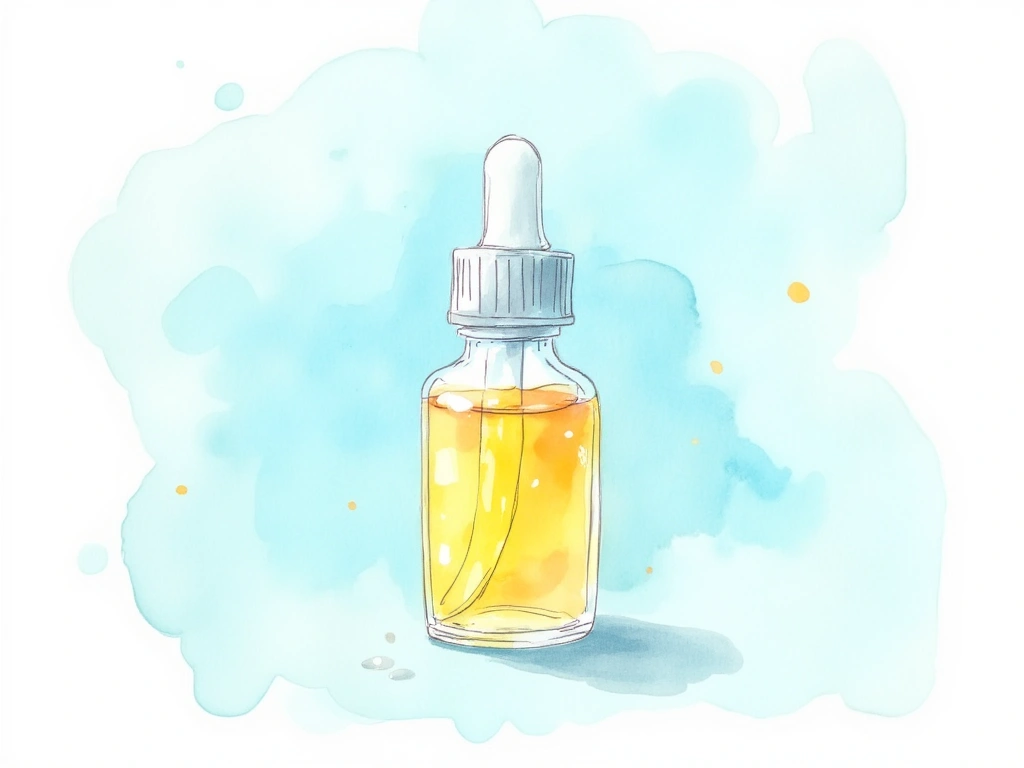
How to Use Neem for Dandruff
Applying oil-based treatments like neem to the scalp can seem inconvenient. Here are practical ways to incorporate neem into your hair care routine:
- Neem Oil: Add a few drops to your regular shampoo or conditioner. For a more intensive treatment, apply neem oil directly to the scalp, leave for 30 minutes, and then shampoo as usual.
- Neem Leaf Paste: Create a paste from fresh neem leaves and apply it to the scalp. Leave it on for about an hour before washing it out.
- Neem Shampoo: Use commercially available neem shampoos as directed.
Always perform a patch test before applying neem to your scalp to rule out allergic reactions [7].
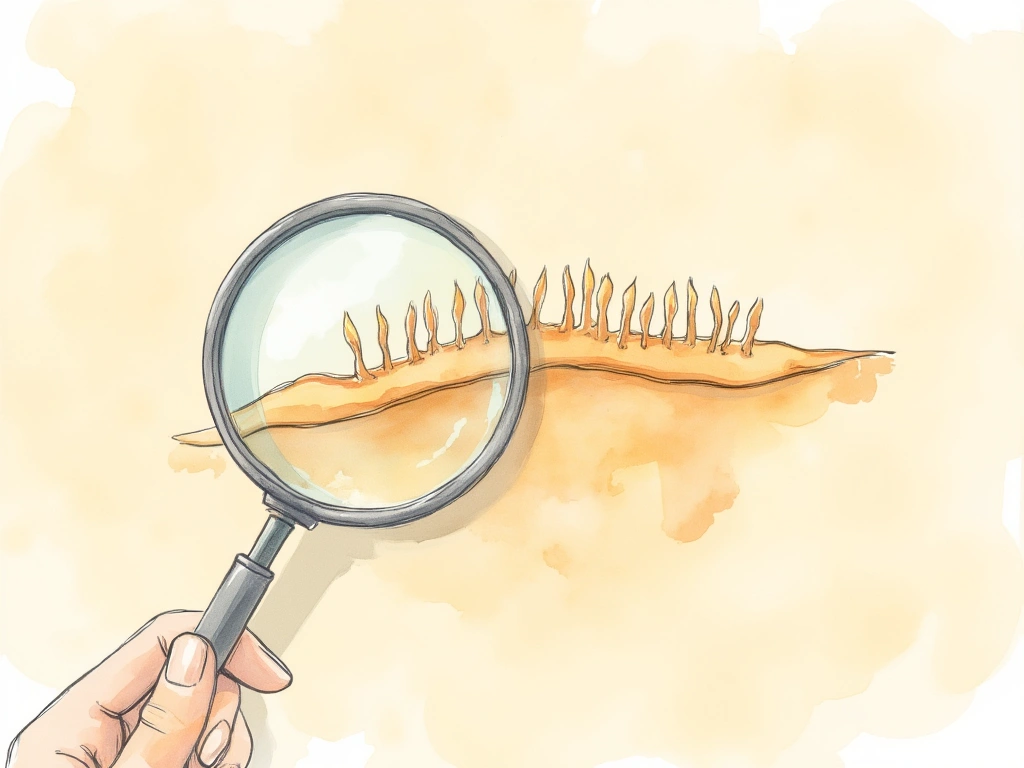
Tips for Effective Neem Scalp Application
Follow these tips to maximize the benefits of neem for dandruff:
- Choose the Right Product: Opt for shampoos with 0.5-2% neem oil or neem leaf extract and use them several times a week.
- Patch Test First: Apply a small amount of neem product to your arm and wait 24 hours to check for irritation before using it on your scalp.
- Shake Well & Apply Correctly: Shake neem shampoos before each use. Apply to damp hair, massage into the scalp, and leave on for 3-5 minutes before rinsing thoroughly.
- Dilute Neem Oil: Dilute neem essential oil in a carrier oil like coconut oil for direct scalp application.
- Eye Safety: If neem oil gets into your eyes, rinse immediately with water. Avoid ingesting neem oil.
- Consistent Use: Use neem shampoos regularly for at least 2-4 weeks to see noticeable improvements.
Monitor your scalp’s response to neem and consult a doctor if you have any concerns.
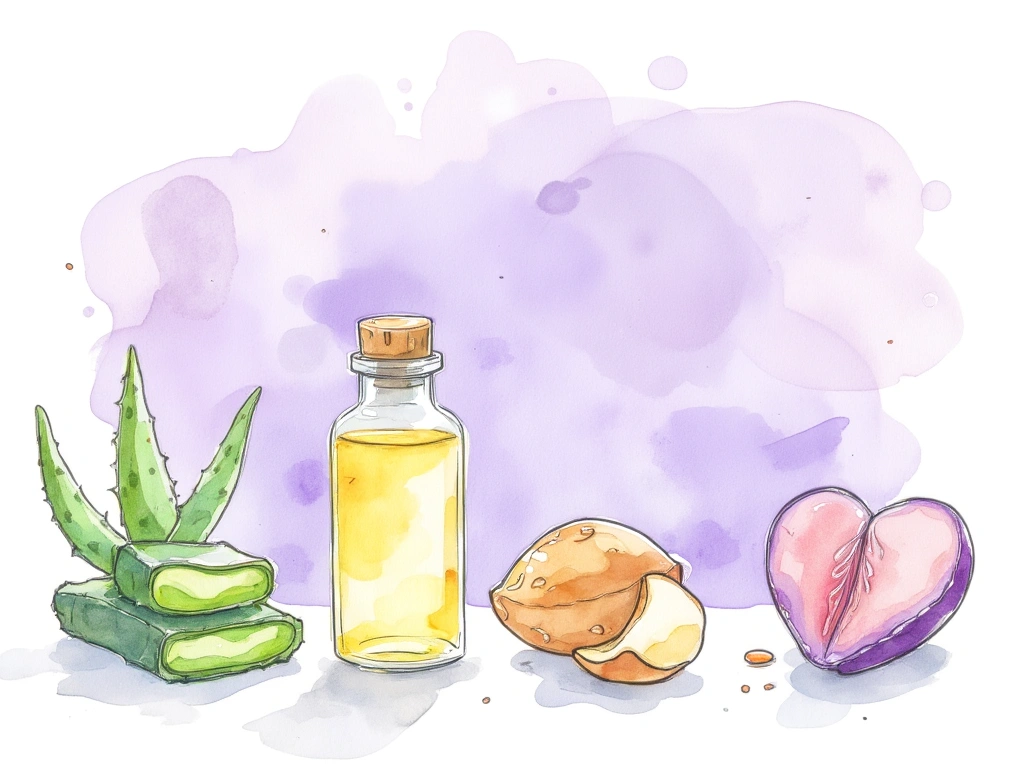
Exploring Alternatives to Neem for Dandruff and Seborrheic Dermatitis
While neem shows promise, several conventional and natural treatments for dandruff and seborrheic dermatitis are backed by more extensive research:
- [Zinc pyrithione][1]: A common ingredient in anti-dandruff shampoos, zinc pyrithione effectively targets Malassezia yeast.
- [Coal tar][2]: Coal tar shampoos offer both antifungal and anti-inflammatory benefits for seborrheic dermatitis.
- [Salicylic acid][3]: Helps to exfoliate and remove scaly skin associated with dandruff.
- [Selenium sulfide][4]: Found in shampoos like Selsun Blue, selenium sulfide has antifungal properties and aids in reducing skin cell turnover.
Well-researched natural alternatives include:
- [Tea tree oil][5]
- [Aloe vera][6]
- [Honey][7]
- [Specific probiotic strains][8]
In severe cases, phototherapy or topical corticosteroids may be considered. Lifestyle adjustments like stress reduction and dietary changes can also play a supportive role.
If you are struggling with dandruff, it’s important to know that you have various evidence-based treatment options, both conventional and natural, to discuss with a dermatologist.

Key Takeaways: Neem for Dandruff
Neem oil and leaf extracts hold potential as a natural dandruff treatment, but more rigorous clinical trials are needed to confirm their efficacy and safety.
Currently, conventional medicated shampoos have stronger scientific support for treating dandruff. Ingredients like zinc pyrithione, coal tar, salicylic acid, and selenium sulfide are established first-line treatments due to their proven antifungal and anti-inflammatory actions.
Natural alternatives such as tea tree oil, aloe vera, honey, and probiotics are also supported by research, arguably more so than neem at present. Phototherapy and topical steroids remain options for severe or persistent cases.
Neem’s antibacterial, antifungal, and antioxidant properties are promising for dandruff management. However, more high-quality human studies are necessary to validate its specific use for this condition.
While neem may become a valuable natural addition to dandruff treatment strategies, individuals should initially consult their dermatologist about proven conventional therapies. Managing expectations and understanding the current evidence is crucial when considering natural treatments like neem.
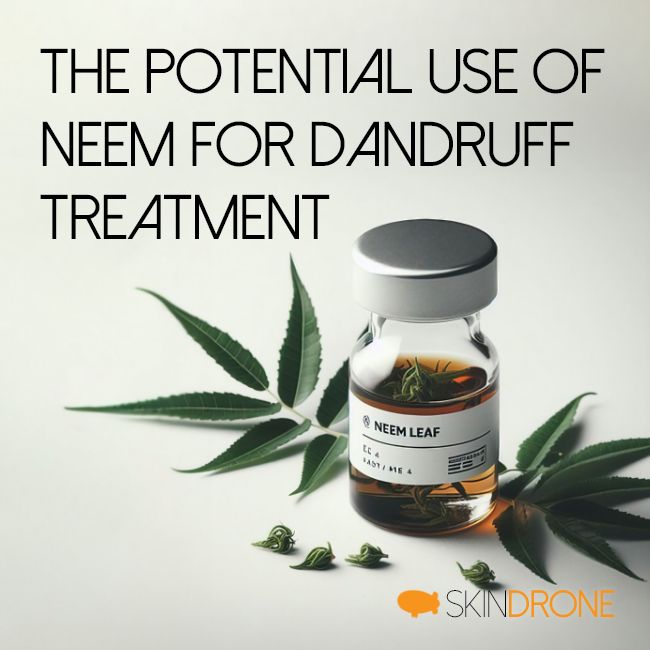
No Comments
Be the first to start a conversation